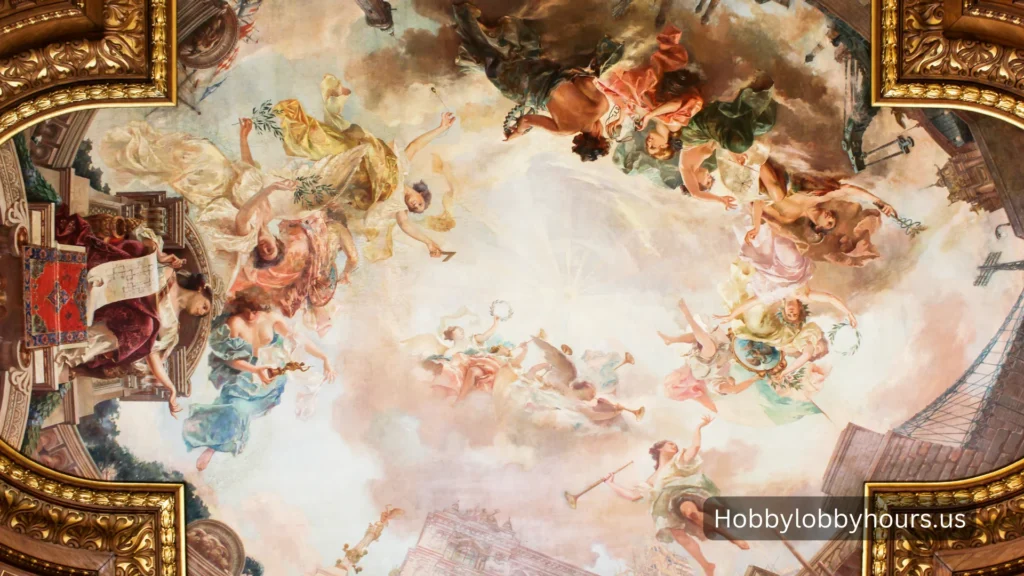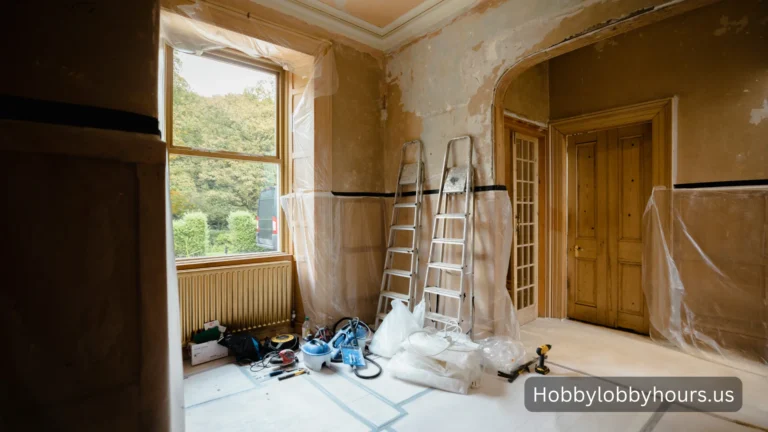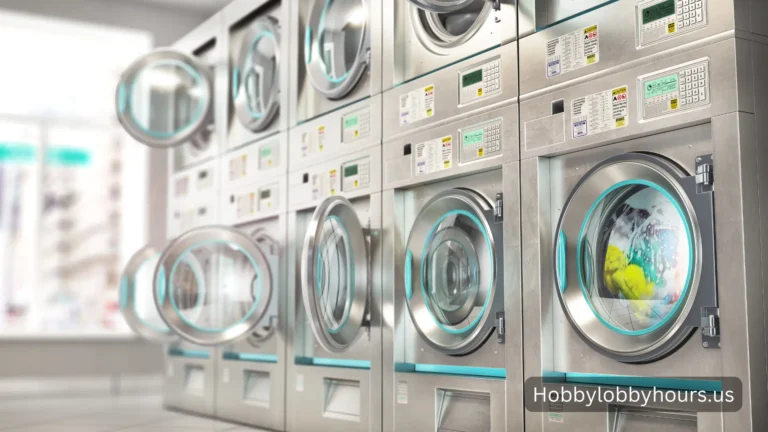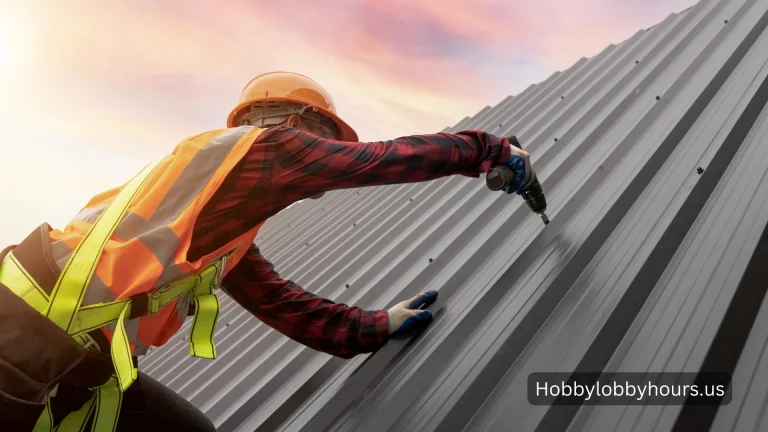The Revival of Classical Painting in Modern Art
Art is constantly evolving, yet classical painting techniques have never truly disappeared. While the contemporary art scene embraces digital media, abstraction, and conceptual works, there has been a significant revival of classical painting in modern art.
Many artists today are rediscovering and refining traditional methods, incorporating them into contemporary themes to create artworks that bridge the past and the present.
The Timeless Appeal of Classical Techniques
Classical painting techniques, including chiaroscuro, sfumato, and glazing, have been perfected over centuries by Old Masters such as Leonardo da Vinci, Caravaggio, and Rembrandt. These techniques continue to captivate artists and audiences alike due to their ability to create depth, realism, and emotional intensity.
Modern artists who revive these techniques recognize their unique ability to convey timeless themes with remarkable precision. Unlike digital and abstract art, classical methods demand patience, discipline, and a deep understanding of materials. Many contemporary painters undergo rigorous training to master the skills that were once standard practice in art academies.

Contemporary Artists Inspired by the Old Masters
Several contemporary artists are spearheading the revival of classical painting, breathing new life into techniques that defined the Renaissance, Baroque, and Neoclassical periods.
- Odd Nerdrum – A Norwegian painter who embraces the Old Masters’ techniques, particularly Rembrandt’s dramatic lighting and Caravaggio’s realism. His works often depict timeless, allegorical scenes with rich, earthy tones.
- Julio Reyes – An American realist painter known for his detailed and atmospheric works, inspired by 19th-century academic painting.
- Nick Alm – A Swedish artist whose figurative paintings resemble the soft elegance of classical portraiture while incorporating modern themes.
- Roberto Ferri – An Italian painter whose works strongly reflect Caravaggio’s chiaroscuro, often blending mythology with contemporary subjects.
These artists—and many more—prove that classical techniques remain relevant, offering a counterbalance to the rapid, digital age of art.
Blending Tradition with Modern Themes
One of the most compelling aspects of the classical revival is how modern artists merge traditional techniques with contemporary themes. Unlike classical paintings that often depicted religious or mythological subjects, today’s artists use the same meticulous craftsmanship to portray modern struggles, identity, technology, and surreal concepts.
For instance, some painters create hyper-realistic portraits using old glazing techniques, while others incorporate classical figures into surrealistic or dystopian settings. This blend of old and new highlights how classical painting is not a relic of the past but a dynamic, evolving art form.
Also check: How to Choose the Best Air Conditioning System
The Role of Art Schools and Studios
Another driving force behind the revival is the resurgence of classical art training. While many modern art institutions focus on conceptual and experimental practices, some schools and ateliers specialize in traditional methods.
Institutions such as the Florence Academy of Art, the Grand Central Atelier in New York, and the Angel Academy of Art offer rigorous training programs modeled after classical European academies. These schools emphasize drawing, composition, and oil painting techniques, ensuring that students develop a mastery of foundational skills before exploring personal expression.
Additionally, social media platforms and online courses have made it easier for aspiring artists to learn classical techniques. Platforms like YouTube, Patreon, and Instagram provide access to tutorials, live demonstrations, and mentorship opportunities from master artists.
The Market for Classical-Style Art
As classical painting makes a resurgence, there has been a growing appreciation for craftsmanship and realism in the art market. Collectors and galleries increasingly recognize the value of paintings that demonstrate technical mastery, driving demand for contemporary artists who work in classical styles.
Auction houses have also witnessed a rise in interest in realism-based art, with collectors seeking works that exhibit the depth and quality found in famous art pieces from past centuries. The resurgence of oil painting as a prestigious medium further cements classical art’s relevance in today’s market.
Conclusion
The revival of classical painting in modern art proves that tradition and innovation are not mutually exclusive. As artists continue to master and adapt historical techniques, they create a new wave of timeless, thought-provoking works that honor the past while embracing the present.
Whether through meticulously painted portraits, grand narrative scenes, or surreal adaptations of classical themes, this movement underscores the enduring power of traditional artistry in an ever-changing world. As more artists and collectors embrace the beauty and discipline of classical painting, its influence will continue to shape the art world for generations to come.








